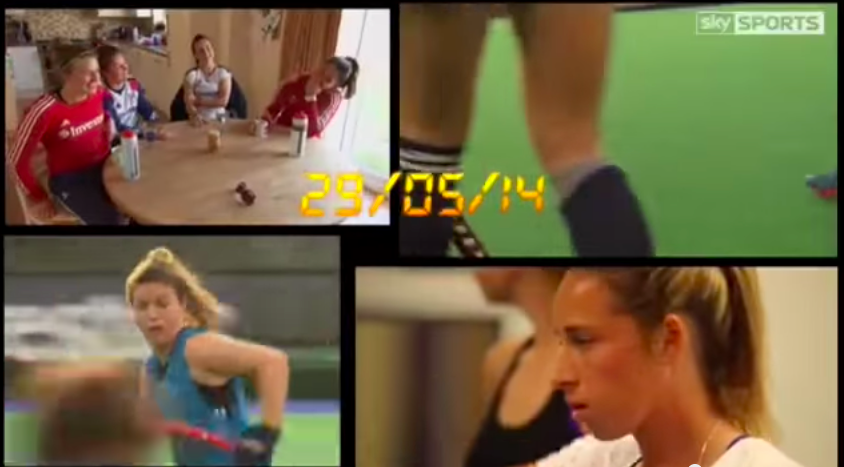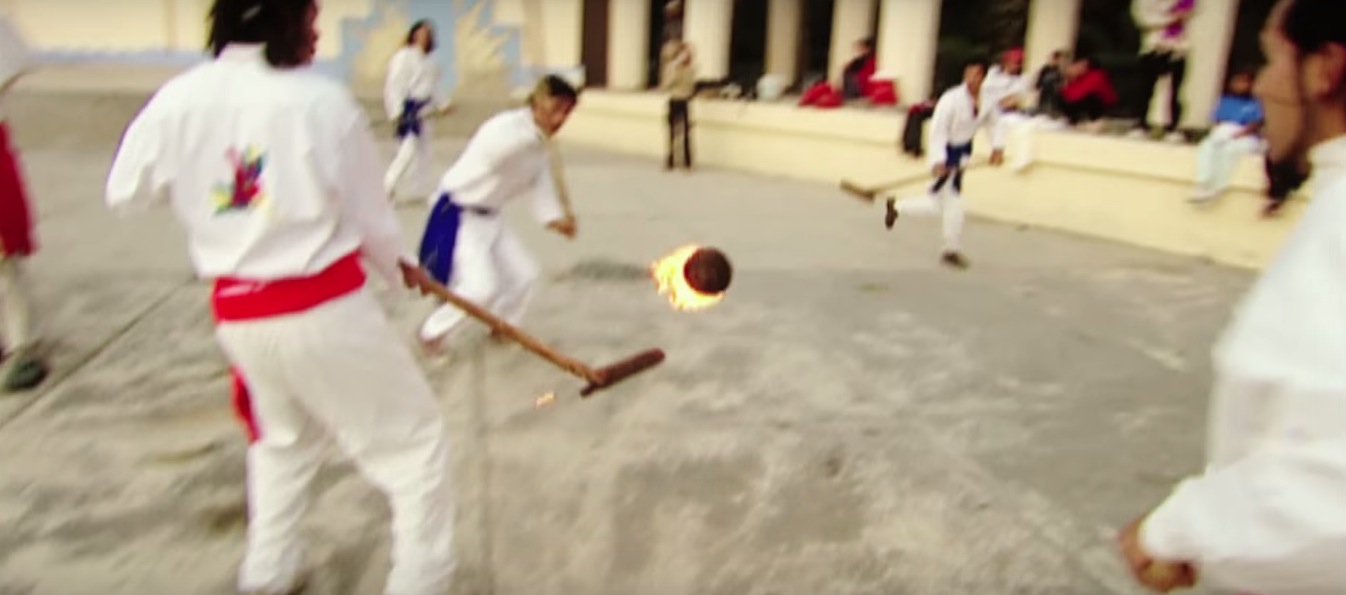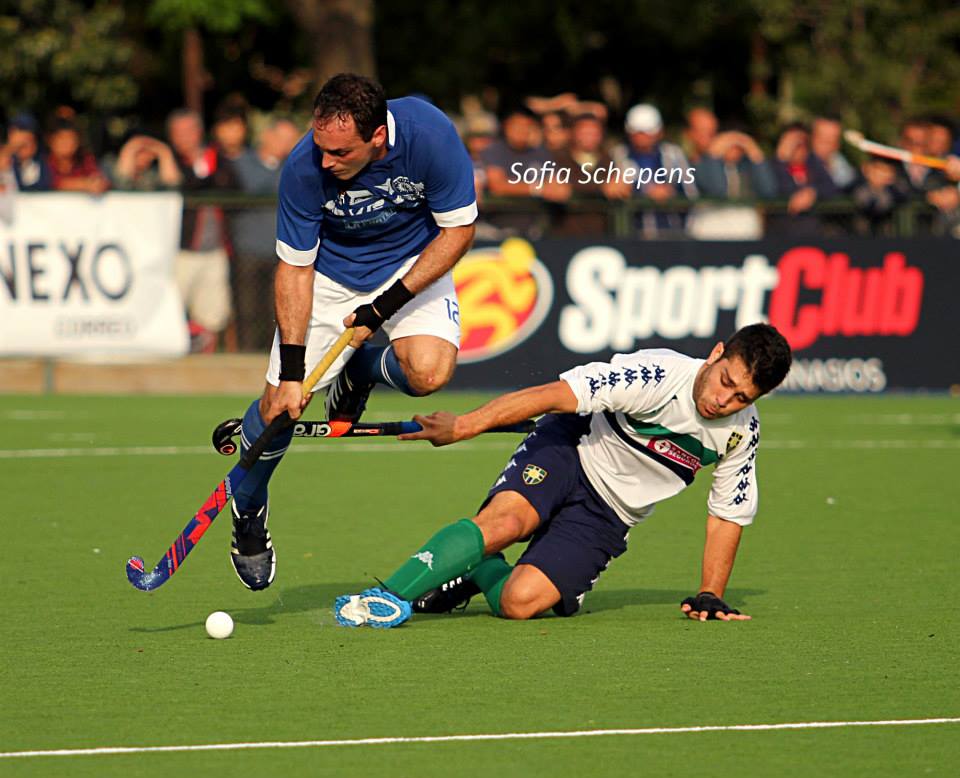6 Hockey Coaching Teachings from Ric Charlesworth

Ric Charlesworth is one of the best coaches in recent times. If you watched the 2014 World Cup, you probably witnessed an Australian team that deserves to go down in history as one of the best squads to ever win the trophy. The coaching mastermind behind this winning side was Richard Charlesworth, who in addition to being one of the best coaches ever, he was an outstanding hockey player and cricketer.
The website www.sportsmediagroup.com.au interviewed him a while ago… these are 6 amazing hockey coaching teachings that we took out from that interview:
1. About creating a winning hockey team
It requires to have good players who athletically gifted with technical capacity and ambition however, this is not easy. If you don’t have those elements in your players then you have to develop them and improve the group. In addition, a coach should fashion the way of playing of the team according to the talent of the players available and not the other way around. Players should have a clear definition about how to accomplish each individual task as well as their particular and specific role. The coach should stay true to the playing culture of country or club. You cannot expect that Germany will play as Australia. Finally, players are the ones who finally make the decisions on the final and the coaches need to prepare them to be capable of making those decisions in the right way.
2. How important is it to have a specialist drag flicker:
It is very important as 30 to 40% of goals in the game come from that set skill and, as long as the corners are the way they are, you have to have a specialist. The current rules for corners, according to Ric Charlesworth, are not good because they narrow a lot of the goals scored in a game to that particular skill.
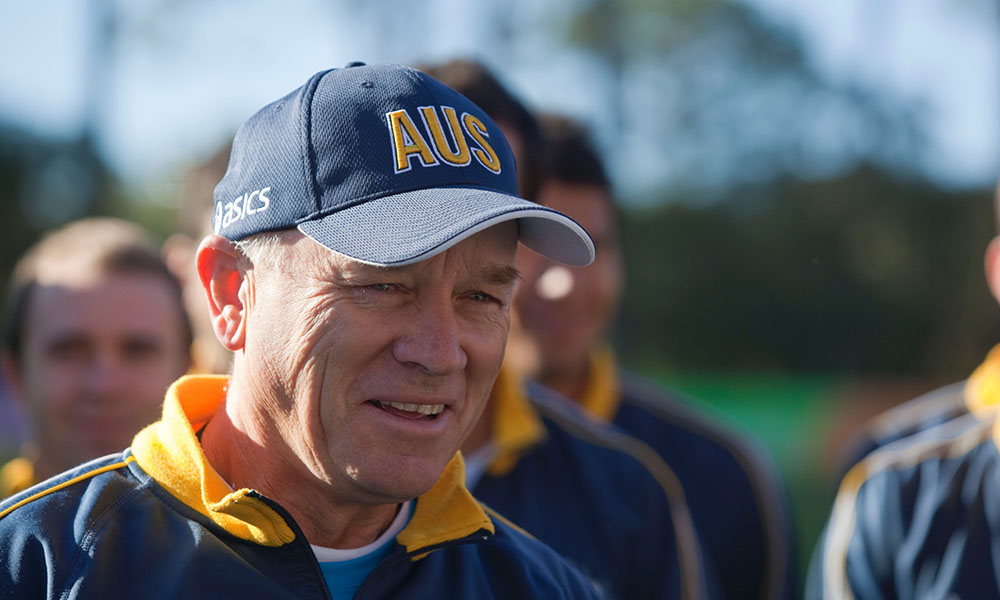
3. Selecting the right players for the squad:
It takes a long time to decide which players will get cut at a national team level and the coach should remain as objective as possible. Balancing the team with the selection of the right players is extremely important, because the range of things that the team require is broad. In the end is very difficult to face players who are not happy with the decision taken but you, as a coach, have to calculate what does each player bring to the team but when comes to the last spots available, you seek for the versatility and flexibility of the players in different positions.
4. Motivating players:
It goes down to ambition and wanting to be part of an outstanding team. Coaches should deal with the players as individuals, giving them feedback that is specific to their task and challenging them with goals that can be reached. You push them to be better to what they are, you give them lots of feedback and encouragement.
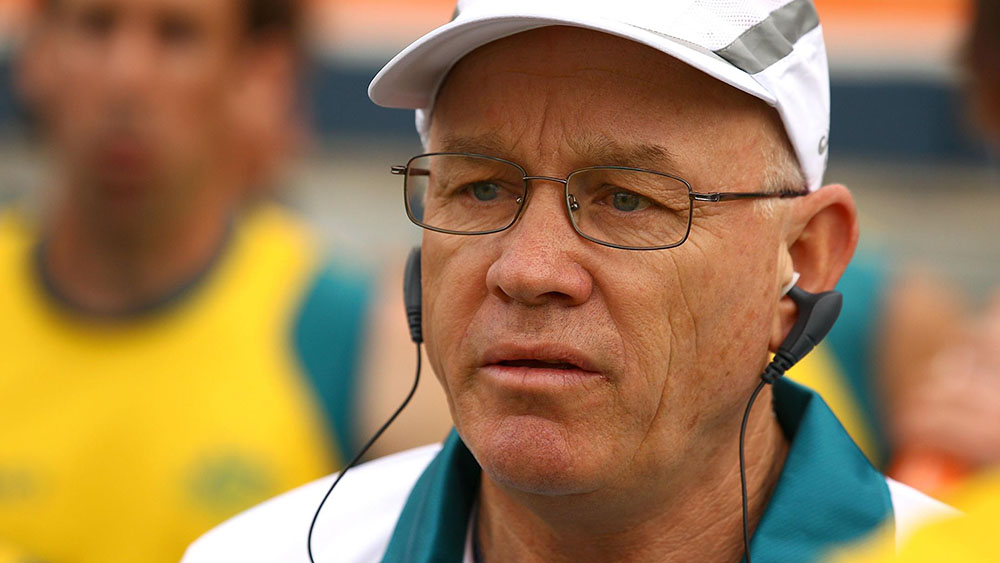
5. How do you tell something negative to a player?
You have to be direct about it because there is expectation for their performance but you have to give them the tools to find the way to reach improvement as well.
6. The style of the Australian player:
They must have more than skills… they have to be flexible. You expect them to be all around players, they have to multifunctional and Australia has been pushing for that for decades. You need people that are flexible in terms of positioning, however there can be emphasis on a particular skill such as scoring or defending but a player should be capable of playing at any position on the field.
You can view the full interview here:

